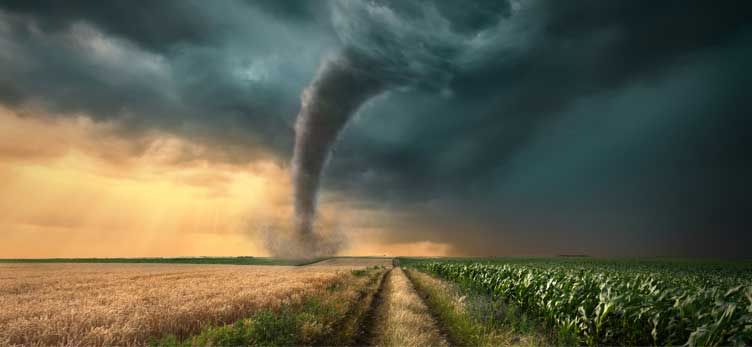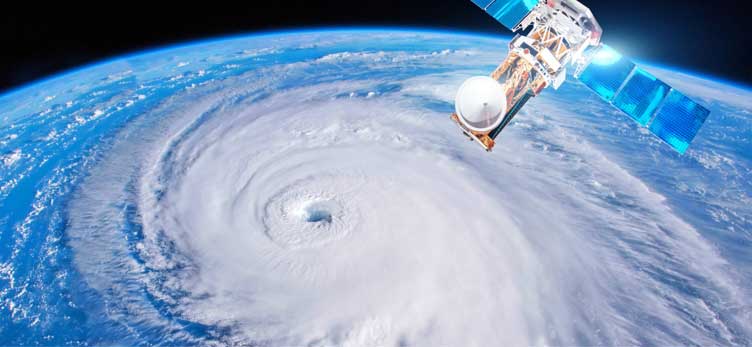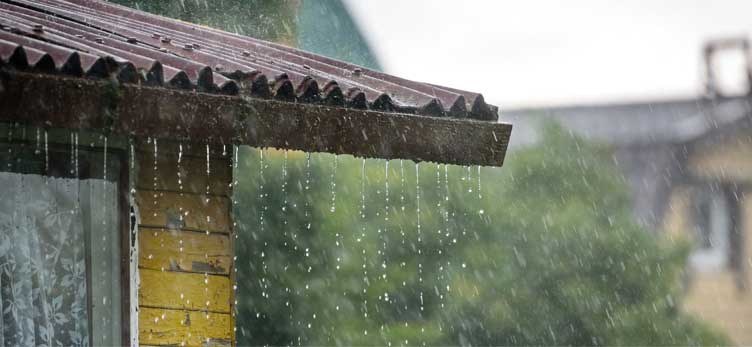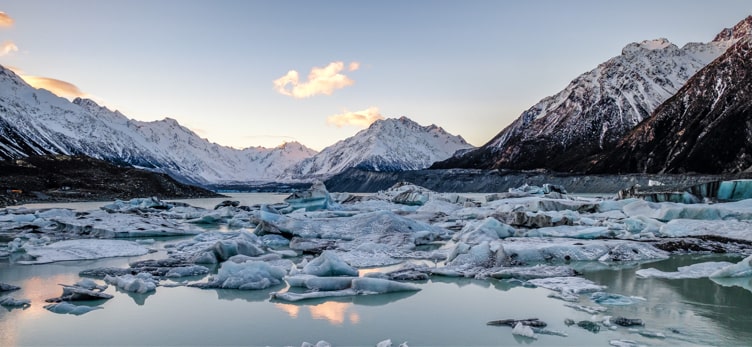- Home
- News
-
Weather Articles
-
Horoscope
- Sweepstakes
- Deal of The Day
Nature's dangerous whirlwinds: Learning the difference between 5 types of tornadoes

As one of mother nature's most deadly forces, spotting that funnel cloud in the skies can be unnerving. Tornadoes usually come from two types of thunderstorms: supercell and non-supercell.
There are many different kinds of tornadoes that can be told apart based on their size, shape and potential for destruction. But, for a vortex to be classified as a tornado, the rotating tube of air must touch both the cloud above and the ground below. Hurricanes that are on land for extended periods can transition from being one type to another as they change in size and shape.
Supercell
Some supercell thunderstorms can create multiple tornadoes throughout a storm. Others can often produce numerous twisters at the same time. Multi-vortex means that you have two or more spinning tubes of air around the central parent circulation.
Multiple vortexes
Most people think the Flaming Mountains, in Xinjiang, China were named after the striking gullies eroded into the red sandstone bedrock that look like flames. But the name is also perfect because these mountains are incredibly hot. The highest land surface temperature recorded from space here was in 2008 at a blistering 152.2 degrees Fahrenheit.
Waterspout / Landspout
Non-supercell tornadoes known as waterspouts/landspouts usually form if the wind conditions are right on land or over a body of water. Waterspouts form over a body of water and typically dissipate when they hit the ground, while landspouts form over land. Neither are usually very dangerous. Although waterspouts are classified as tornadoes; they don't officially count unless they hit the area.
Gustnado
It's a name that sounds made up but isn't. These little spin-ups are formed at a weather front by gusts of wind. While they are not technically categorised as tornados, they spin around and can look like a real tornado.
Fascinating Facts About Tornados
-
The United States experiences an average of around 1200 tornadoes each year.
Twisters usually strike along Tornado Alley — a flat stretch of land from western Texas to North Dakota. The dry polar air from Canada meets the warm moist tropical air from the Gulf of Mexico, creating the perfect conditions for a twister and making this a hotspot for this activity.
Funnel clouds usually last for less than ten minutes before dissipating.
Tornadoes can occur at any time but are most likely to occur between 3 and 9 pm.
North America's geography makes it particularly vulnerable to destructive twisters.
A tornado 'watch' means that there is a possibility of a hurricane while a warning means that a storm is underway and you should take cover immediately.
Considered the longest-lasting tornado on record, on March 18, 1925, a storm smashed its way 219 miles in three hours and went through southeastern Missouri, Southern parts of Illinois and Indiana. It left close to 700 people in its wake.
During a tornado, underground basements are the safest places to be.








